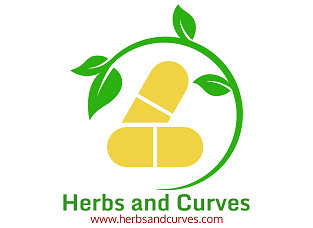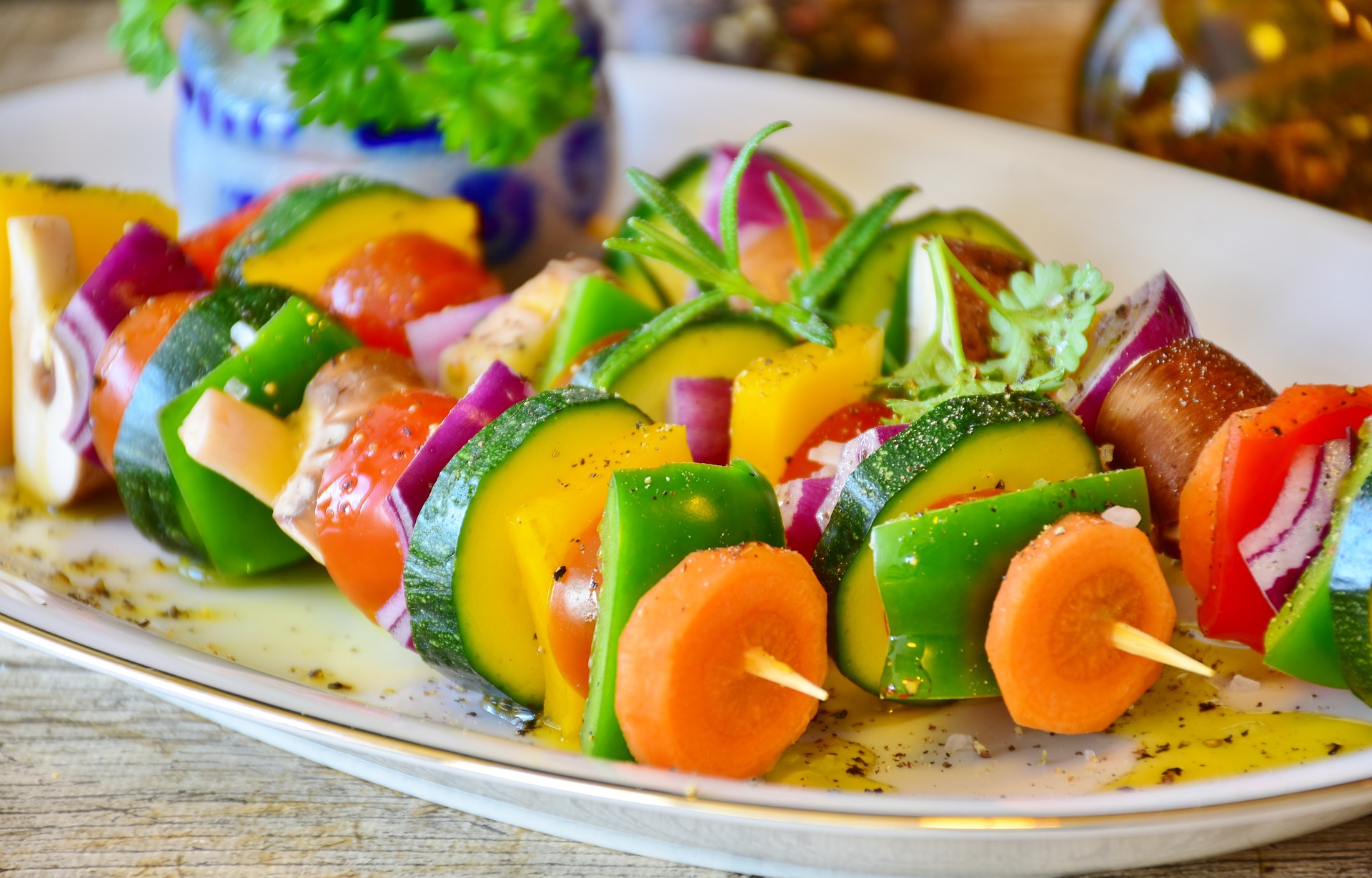Here are some other noteworthy diets, with a brief description on their uses and benefits.
- Low-carb diet – The low-carb diet is a diet that limits carbohydrates and emphasizes protein and healthy fats. It includes whole foods such as vegetables, fruits, meat, fish, nuts, and seeds, but limits or excludes grains and processed foods. The diet is ideal for weight loss and improving blood sugar control.
- DASH diet – The DASH diet (Dietary Approaches to Stop Hypertension) is a diet that emphasizes whole foods such as fruits, vegetables, whole grains, low-fat dairy, lean protein, and nuts. It limits sodium, sugar, and saturated fat, and is ideal for reducing high blood pressure and improving heart health.
- Weight Watchers diet – The Weight Watchers diet is a program that assigns points to foods based on their nutritional value and encourages people to stay within a certain daily point range. It emphasizes whole foods such as fruits, vegetables, lean protein, and whole grains, and limits processed foods and sugar. The diet is ideal for weight loss and healthy eating habits.
- Flexitarian diet – The flexitarian diet is a semi-vegetarian diet that allows for occasional meat consumption. It emphasizes whole foods such as vegetables, fruits, whole grains, nuts, and seeds, and limits processed foods and sugar. The flexitarian diet is ideal for people who want to reduce their meat consumption for ethical or health reasons, but don’t want to eliminate it entirely. It can also be a way to transition to a vegetarian or vegan diet over time. The diet emphasizes plant-based foods while still allowing for flexibility in food choices.
- Gluten-free diet – The gluten-free diet is a diet that eliminates gluten, a protein found in wheat, barley, and rye. It emphasizes whole foods such as fruits, vegetables, meat, fish, nuts, and seeds, but eliminates grains that contain gluten. The diet is ideal for people with celiac disease or gluten intolerance, but may not be necessary for those without these conditions.
- Anti-inflammatory diet – The anti-inflammatory diet is a diet that emphasizes whole foods such as fruits, vegetables, whole grains, nuts, and seeds, and limits processed foods, sugar, and saturated fats. It also includes anti-inflammatory foods such as fatty fish, turmeric, and ginger. The diet is ideal for reducing inflammation in the body, which is linked to a variety of chronic diseases.
- Low-fat diet – The low-fat diet is a diet that limits fat intake and emphasizes whole foods such as fruits, vegetables, whole grains, and lean protein. It limits or eliminates high-fat foods such as butter, cheese, and fatty meats. The diet is ideal for weight loss and reducing the risk of heart disease, but may not be necessary for everyone.




